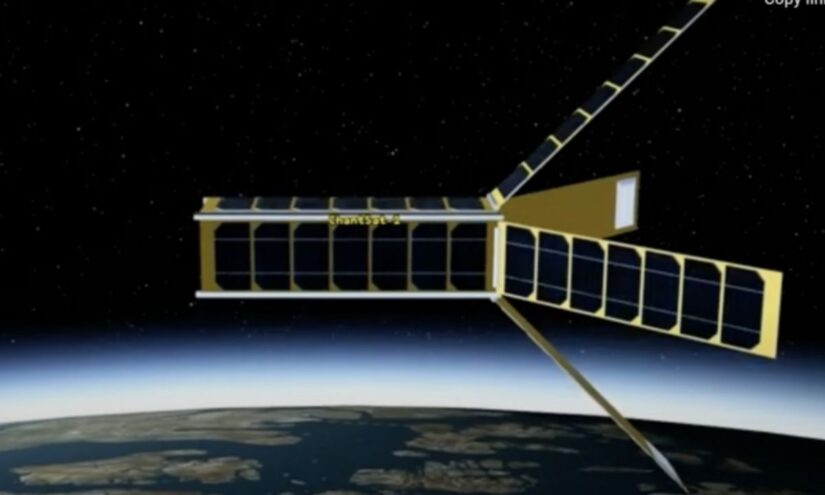During this summer, a team of students from MIT embarked on a journey to the sou …
Coastal Carolina students launching state’s first college space program with satellite-building initiative
Jennifer Livingstone

Coastal Carolina students aim to launch a satellite into space, marking South Carolina’s inaugural university-led space initiative.
Approximately 80 science and engineering students are collaborating on a satellite project, with an estimated cost of $1.5 million for construction and deployment. The team, under faculty leadership since March, is targeting a 2027 launch date for the shoebox-sized satellite.
Once in orbit 1,200 miles above, this satellite will complete 15 orbits around Earth daily, providing hands-on learning experiences for students across various academic disciplines.
The satellite’s imaging capabilities will monitor sea level changes, hurricane-induced flooding, and coastal erosion, offering critical data for climate and disaster solution research, noted Wes Hitt, head of the university’s physics and engineering science department.
In addition to the technical aspects, students can participate in advocacy, website development, and fundraising for the program, Hitt emphasized.
Moreover, students will engage with the satellite in an innovative way by utilizing a specialized “selfie stick” to capture personal images against the cosmic backdrop, potentially through a fundraising initiative, Hitt revealed.
“It’s going to function almost like a billboard in space,” he told the SC Daily Gazette.
These compact satellites, often referred to as CubeSats, are common in educational programs due to their cost-effectiveness and quick assembly, in accordance with information provided by NASA. The university’s CubeSat, dubbed ChantSat-1, measures 10-by-10-by-30 centimeters.
With faculty mentors leading specialized student groups, projects include software development, thermal system design, and satellite communication strategies, to ensure smooth operation once in space, Hitt added.
“Coastal’s small satellite design project has been truly enlightening,” said Charis Williams, a junior engineering major, in a university statement. “It’s a world I never anticipated, and it’s both awe-inspiring and daunting to work on such a visionary project.”
Research Applications
Post-launch, the satellite will utilize its cameras to observe drinking water changes that are challenging to detect from Earth’s surface. Advanced near-infrared cameras will enhance the monitoring of sediment levels and algae blooms in water supplies.
“End-users can leverage this data to monitor water quality in key South Carolina regions,” Hitt stated.
Furthermore, marine science and oceanography students can analyze coastal erosion and rising sea levels, expanding their research capabilities, according to Hitt.
Geospatial intelligence training opportunities will be available for intelligence and security students using satellite images for analysis, as highlighted by Bob Vipperman, chair of the university’s intelligence department.
“This project will foster collaboration among students from diverse backgrounds to tackle complex space-related challenges,” remarked Hitt.
Securing adequate financial support from grants, corporations, or individuals remains a priority to fund the program, shared Vipperman.
While initial funding is in place, the full budget requirement is yet to be met, Vipperman disclosed without specifics but mentioned an estimated $750,000 is needed for the launch.
CubeSats typically share rocket launches with other payloads, usually through SpaceX missions or dedicated CubeSat launch services, Vipperman explained, underscoring the upcoming decision on the satellite’s ride to space.
Vipperman and Hitt anticipate the program to enhance the university’s reputation among its 10,000 students by offering a unique space program in the state, focusing on science and technology degrees. They believe that the outreach efforts, including the selfie stick campaign, will educate a wider audience beyond the campus.
“We envision this project as a means to democratize space technology and its interaction, making it more accessible to all,” highlighted Hitt.

